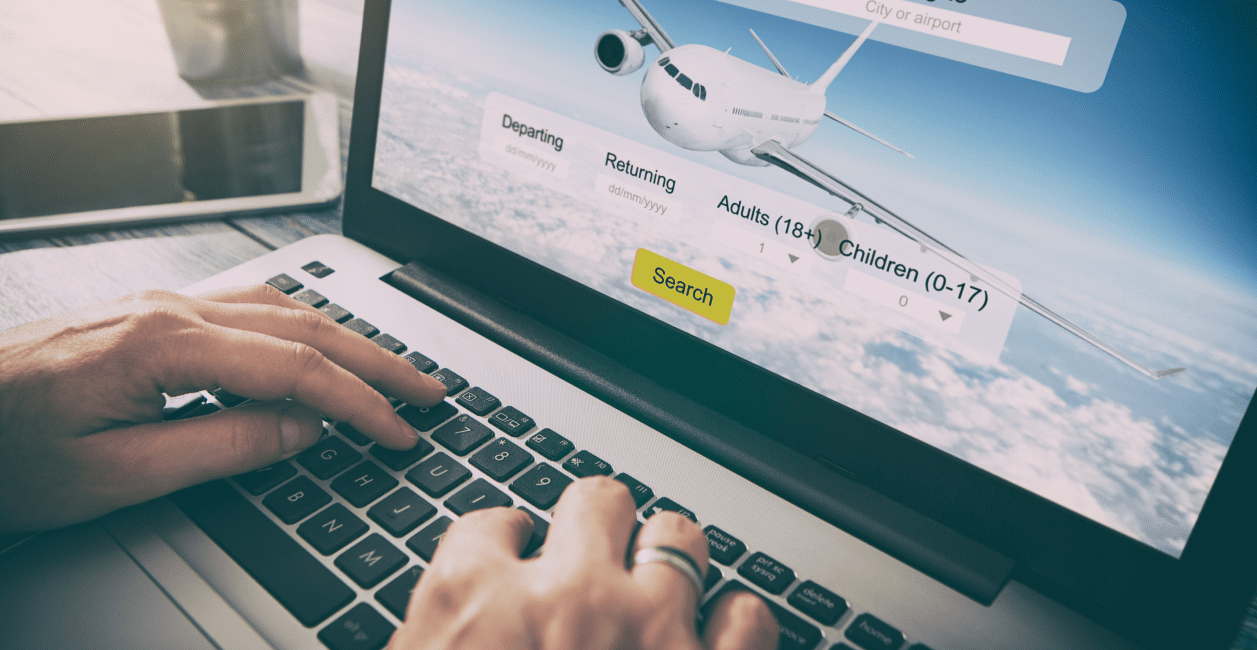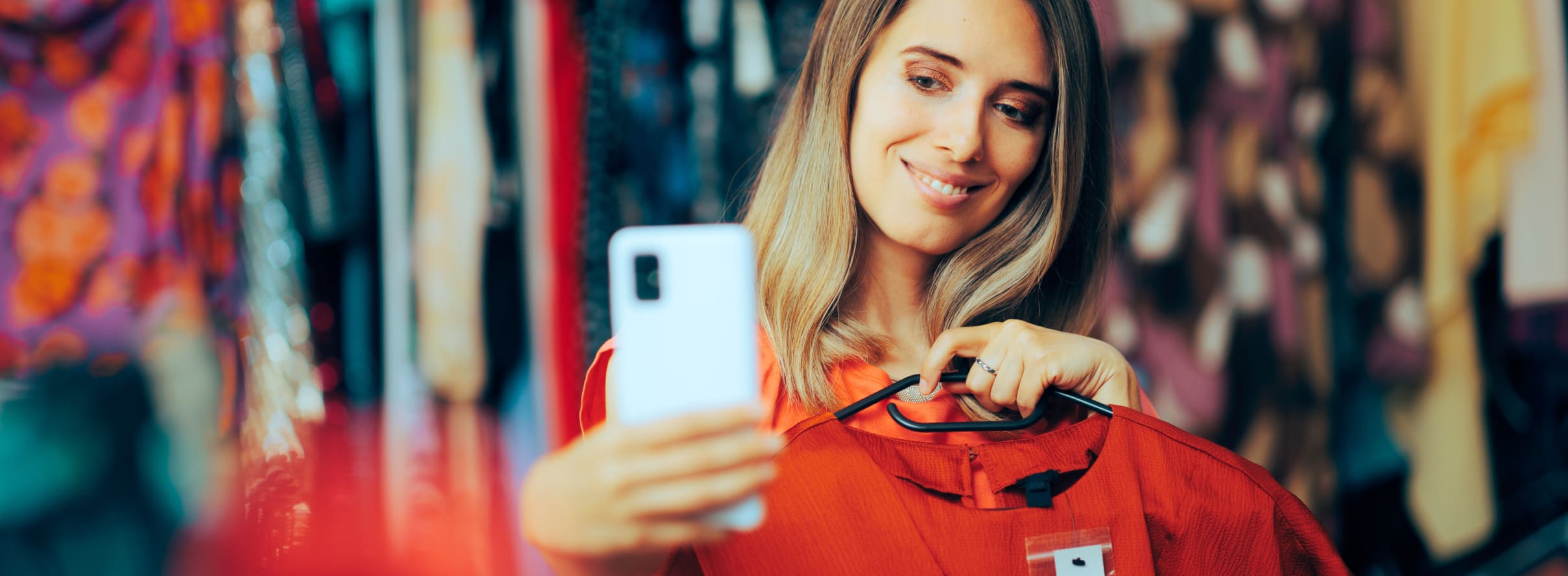Light
Have you tried to book a flight on an airline website recently? It’s become complicated, frustrating and time consuming. Over the last two decades, airlines have steadily removed many elements of their traditional product offering from the base fare in a race to offer lower and lower headline prices. Now they offer a vast array of increasingly complicated options and add-ons to allow customers to buy exactly what they need – often to the detriment of customer experience and trust. Is there a better way for airlines to think about the purchase journey?
The great unbundling.
Unless you already have, or believe you can reach, high status in an airline loyalty program, you have likely experienced the great unbundling of product and service – a low-cost base fare with the option of adding benefits or upgrades. Higher tier loyalty members often receive the opposite, a base price with “free” upgrades, add-ons and incentives. But for those who fly less frequently, or have no desire to achieve status, the existing direct-purchase model is broken.
It’s understandable how we got here. First, online travel agents (OTAs) started displaying flight options in a reductive grid format to offer price transparency, but it led customers to believe that price was the only distinguishing factor between them (narrator voice: Reader, it was not). This forced many airlines to pull all so-called “frills” out of their offerings, so they had a lead-in price point which was competitive with their lowest cost competitors.
Next, airlines began to segment the cabin, offering multiple different products on the same aircraft. These range from so-called basic economy, designed to compete with the offerings of ultra-low-cost carriers which rarely allow customers to choose their own seat without paying a fee, on through regular economy, premium economy, business class and, in some cases, even first class. Next, customers must decide whether to pay for checked bags, priority boarding, flexibility (whatever that means), travel insurance, hotels, rental cars and credit card applications. It can be exhausting. And that’s before you run the technology gauntlet of whether the website or app crashes and you must begin the process all over again.
Enough already!
Airlines, and the Wall Street analysts who cover them, will tell you this is the only way to maximize revenue and survive in an industry where competition is fierce and price sensitivity is high, but what if there is another way? Sometimes when trends proceed way past their sensible conclusion, it’s time to stop, assess where you are and rethink everything.
When you ask customers why they book through an OTA rather than on airline websites, they offer three general reasons:
-
They believe booking though an OTA is easier. The proliferation of airlines and fare options has increased the complexity of pricing and booking. These separate add-on fees and options have resulted in customers feeling like the OTAs are more transparent and honest than airlines, who they think are trying to get them to pay more for the same service. Also, airline websites and apps have a reputation for technical issues, data quirks and general unreliability. Using an OTA reduces the time and mental energy customers spend on the booking process.
-
Customers believe OTAs can get the best prices, reducing their anxiety about cost. While consumers are rarely completely brand agnostic, price is more important to them than brand in many cases. They believe that booking through an OTA ensures they get the best available price on a given day and route.
-
There is no meaningful incentive to book directly. Loyalty programs reward frequent travelers over the long term, but this doesn’t resonate with most customers who are largely brand-agnostic, infrequent leisure travelers.
What about the customer?
At Material, we believe it is critical for brands to understand customers as humans, how they think and how they make decisions, if they are to offer relevant products and experiences that resonate. To change consumer behavior, customers need to be able to change and want to change. Being able to change means giving customers the knowledge that a better alternative exists and then providing intuitive, reliable tools to implement the change. The motivation to change comes from what we call an EPIC: an extreme positive incentive to change. As humans, we rarely break well-established habits without good reason.
One force that motivates human behavior is loss aversion. To us, the pain of losing something we have is more pronounced than the joy of gaining something new. In behavioral science, this so-called Endowment Effect is the finding that people value an object more when they already own it than when they do not own it but are seeking to acquire it. This was famously demonstrated in the famous mug experiments by Daniel Kahneman, Jack Knetsch and Richard Thaler. In these experiments, sellers consistently demanded about $7 to part with a mug they already owned, whereas buyers were only willing to pay about $3 to acquire the same mug.
Top-down vs bottom-up
There is an interesting parallel here with the automotive industry. Car dealerships offer a similar, obfuscated, frustrating experience, which often alienates and confuses customers. This experience led to the “no haggle” dealership model pioneered by CarMax and Carvana, which aim to make car buying less painful for customers.
By knowing how humans make decisions, what if we were to apply a similar approach to airline websites? What if instead of starting with the most basic fare possible and asking customers to buy add-ons to get to the offering they want, we were to start with a fully loaded offering and offer customers price and other incentives to give up elements of it? This would give customers back a sense of control, reducing their price anxiety. Airlines could position it as “no hidden fees,” “no add-ons” or “choose how you save.” And science suggests that due to their loss aversion, customers would end up holding onto more options they mentally already owned than they would if asked to buy up from the bare bones offering.


